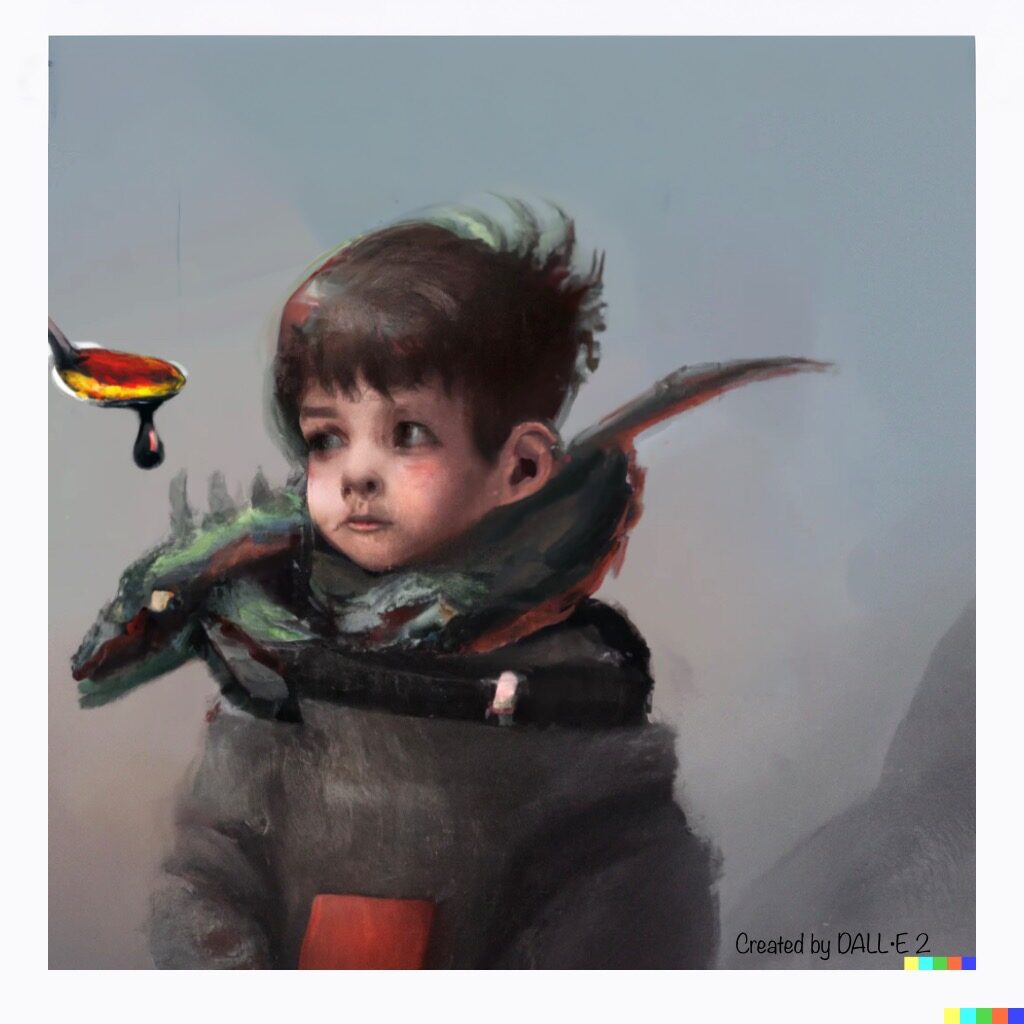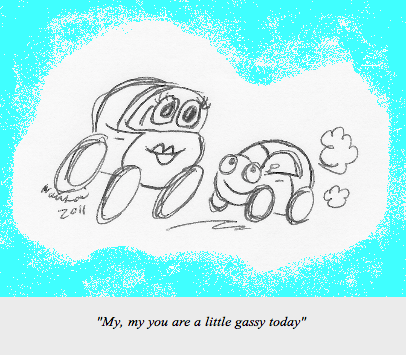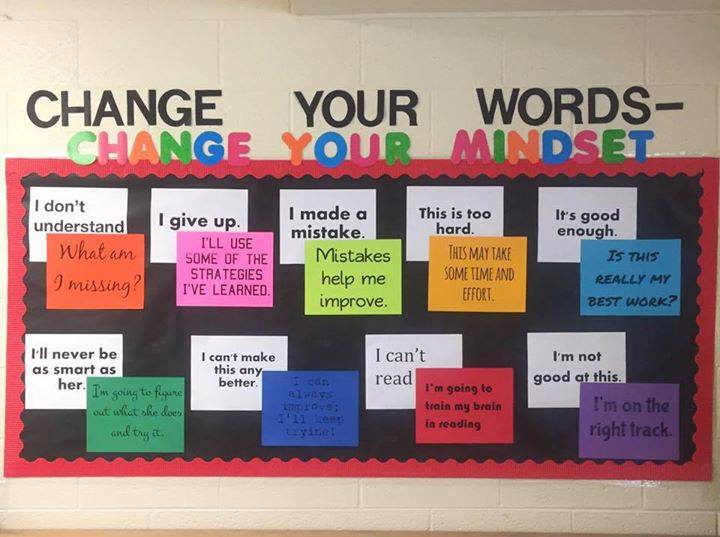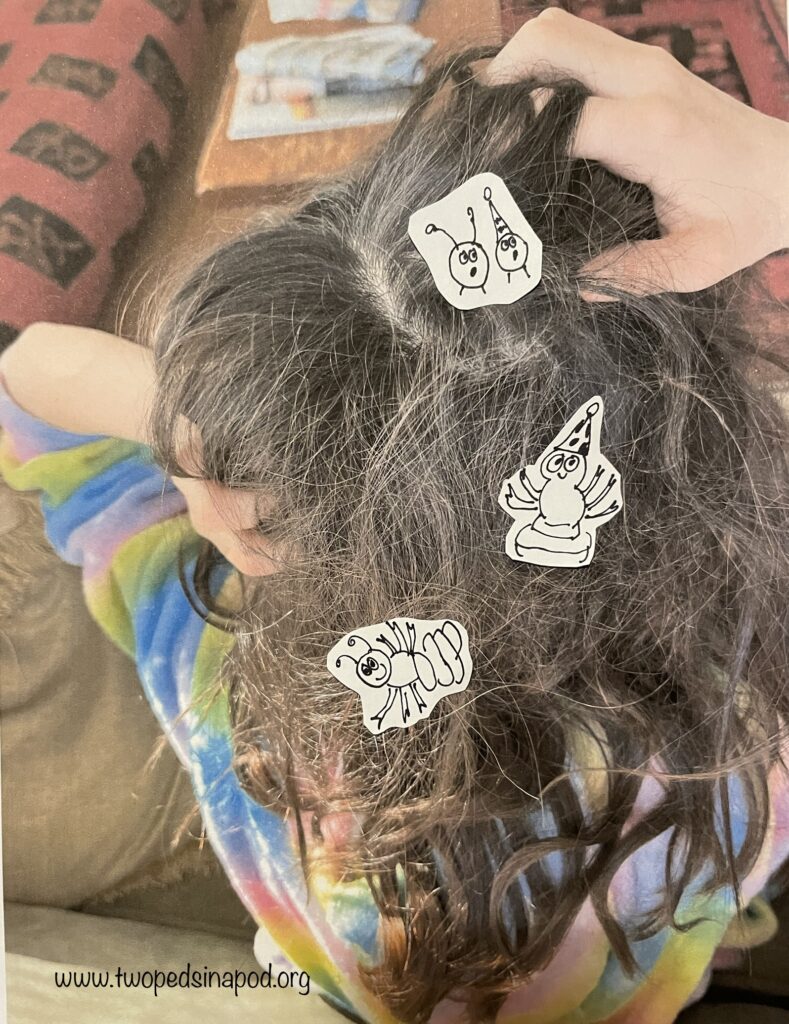
Remember when feeding your baby was fun? They way he opened his mouth like a baby bird when you fed him oatmeal. They way she thumped her hands on the high chair tray waiting for another bite of mashed bananas. It was hard not to laugh as your nine-month-old slowly picked up each piece of pancake and chewed thoughtfully, or the way your eleven-month-old, covered in tomato sauce, double fisted a messy meal of cut up meatballs and elbow noodles. And then they turned one. You call your pediatrician and search the internet to ask, why won’t my one-year-old eat?
Maybe they actually did not stop eating entirely, but instead of the serene or comic meals you used to enjoy with your baby in the high chair, you now have a one-year-old who deliberately deposits each pea off of the high chair tray and onto the floor, smooshes their potatoes all over the plate, or thrashes like a chained-up wild beast to escape their high chair. You fluster, you offer other previously enjoyed foods, you become convinced they will starve, you offer a cookie, you offer more milk, you cry.
Let us reassure you: your one-year-old most likely is acting in a normal and predictable way. In this post, we explain why many one-year-olds seem to stop eating, and how to handle your suddenly picky, food-averse one-year-old.












